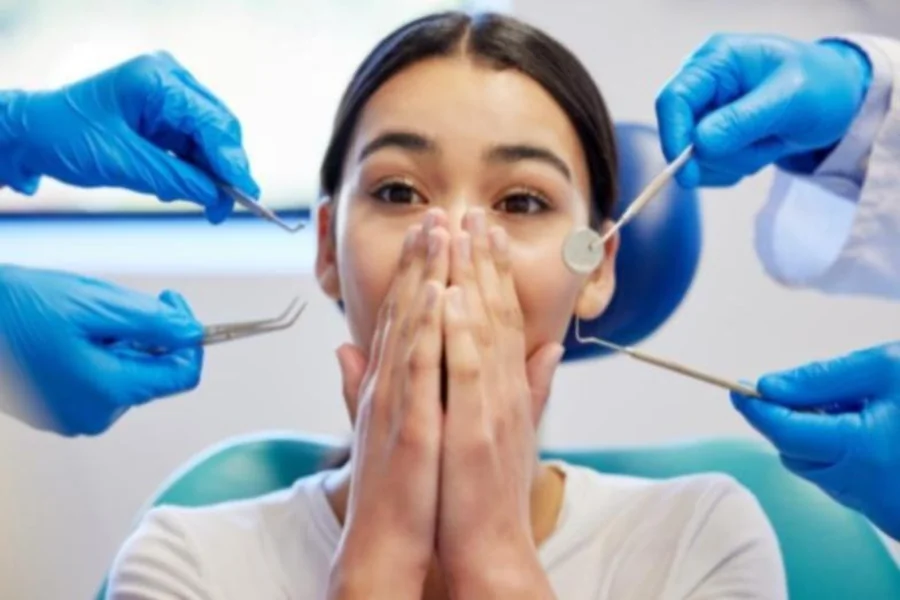Feeling anxious about dental visits is common for both kids and adults. It’s important to address this fear to ensure you receive the care you need. When visiting a dentist in Gates, NY, you can take steps to ease anxiety. Start by discussing your concerns with your dentist. They are there to help you feel comfortable. Bringing a familiar object, like a favorite toy or book, can also offer comfort. For children, a gentle explanation of what to expect can make a big difference. Let them know that the dentist’s goal is to help keep their smile healthy. If you’re an adult feeling uneasy, try using relaxation techniques such as deep breathing. Listening to music during the visit can also be calming. Remember, it’s okay to feel nervous. However, by taking these steps, you can make dental visits a more positive experience for everyone involved.
Understanding Dental Anxiety
Dental anxiety affects many individuals and can stem from various sources. Common triggers include past negative experiences, fear of pain, or a lack of control during procedures. Recognizing these triggers can help you address them effectively. According to the National Institute of Dental and Craniofacial Research, open communication with your dentist is crucial. They can tailor their approach to suit your comfort level.
Preparing for the Dental Visit
Preparation is key to reducing anxiety. Here are three steps you can take before visiting the dentist:
- Choose a dentist who is experienced with anxious patients.
- Plan your appointment at a time when you are least likely to be rushed.
- Prepare a list of concerns or questions to discuss with your dentist.
Techniques During the Visit
There are several strategies you can use during your dental appointment to stay calm:
- Practice focused breathing exercises.
- Use visualization techniques to imagine a peaceful scene.
- Signal to the dentist if you need a break during the procedure.
The Role of Sedation Dentistry
For some, sedation dentistry provides a solution to extreme dental anxiety. Sedation options vary from mild to moderate, allowing patients to be relaxed yet awake. Discuss these options with your dentist to determine if they are appropriate for you. The American Dental Association provides information about the different types of sedation available.
Comparing Techniques for Reducing Anxiety
| Technique | For Kids | For Adults |
|---|---|---|
| Breathing Exercises | ✔️ | ✔️ |
| Music Therapy | ✔️ | ✔️ |
| Distraction (Toys/Books) | ✔️ | ✔️ |
| Sedation | ❌ | ✔️ |
After the Appointment
Post-visit care can enhance your experience and reduce future anxiety. Routine care is more effective after treatment. Celebrate completing your dental visit with a small reward or fun activity. This positive reinforcement can make future visits less daunting. For kids, consider a trip to the park or a special treat. Adults might enjoy a favorite meal or book. Remember, feeling anxious is normal. By taking proactive steps, dental visits can become more manageable.
Conclusion
Addressing dental anxiety is important for maintaining oral health. Whether you are a parent helping a child or an adult facing your own fears, these strategies can make a meaningful difference. Open communication with your dentist, preparation, and using calming techniques during visits are key. Exploring sedation options may also be beneficial for those with severe anxiety. By implementing these tips, you can create a more positive dental experience for yourself and your family. Remember, a healthier smile starts with a comfortable visit.

